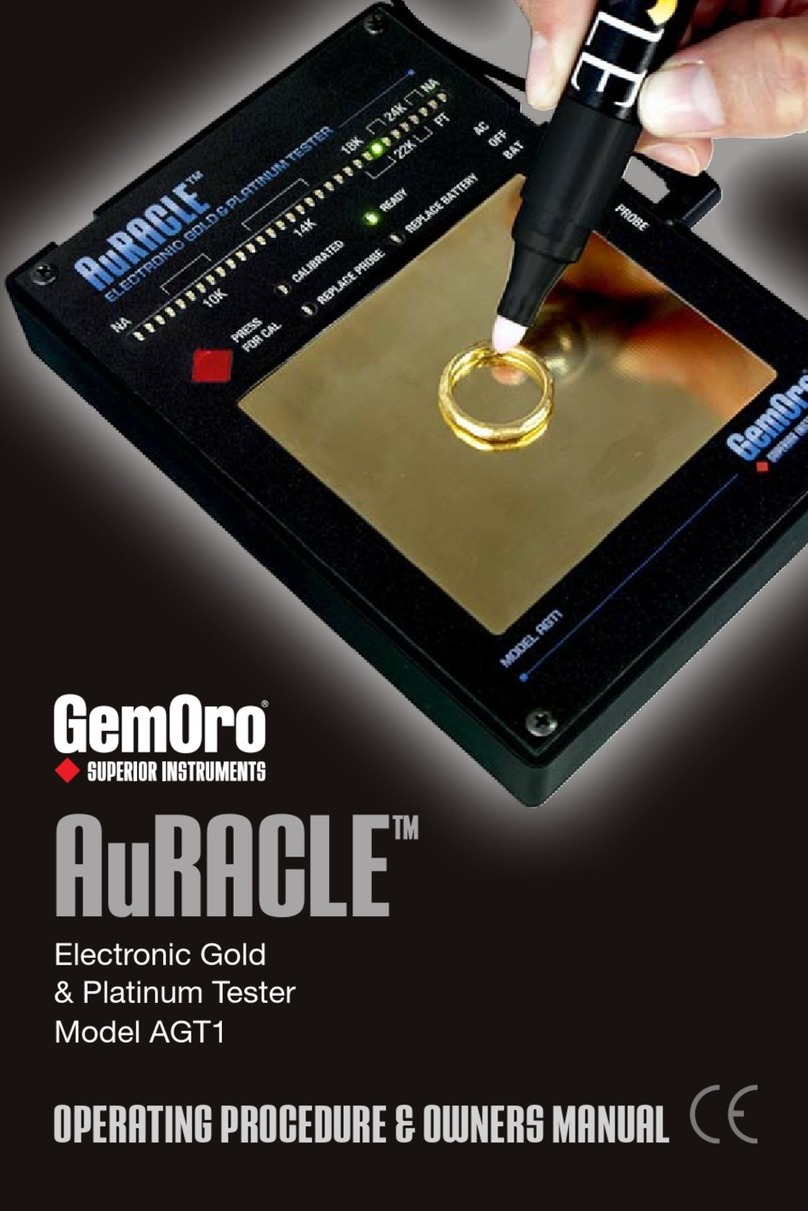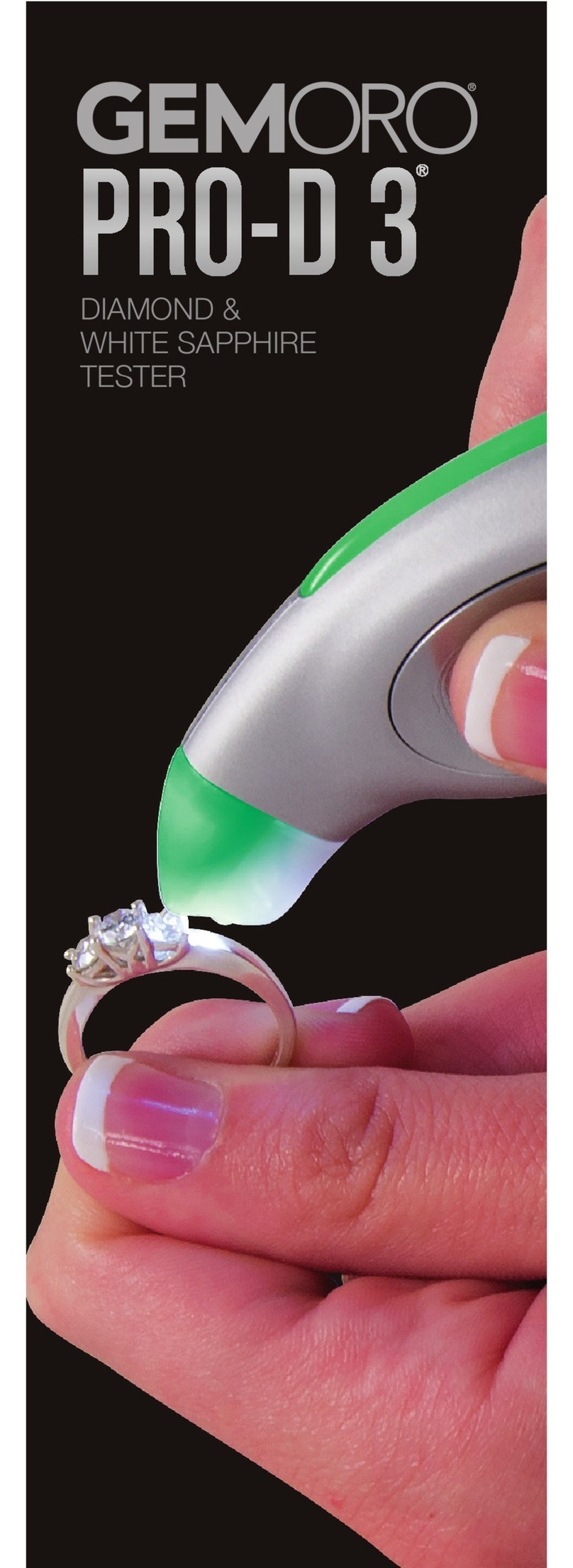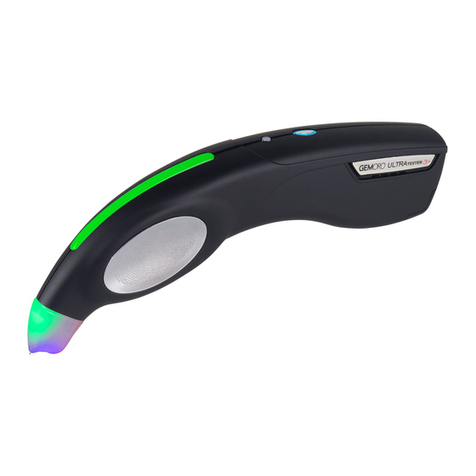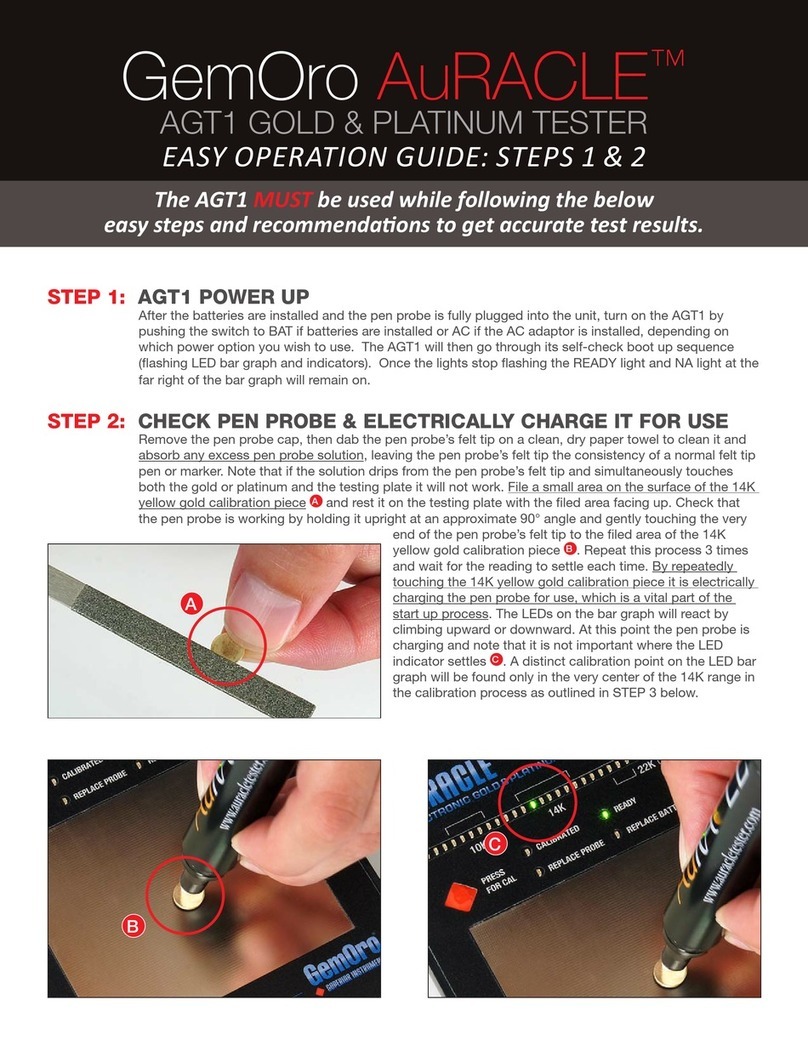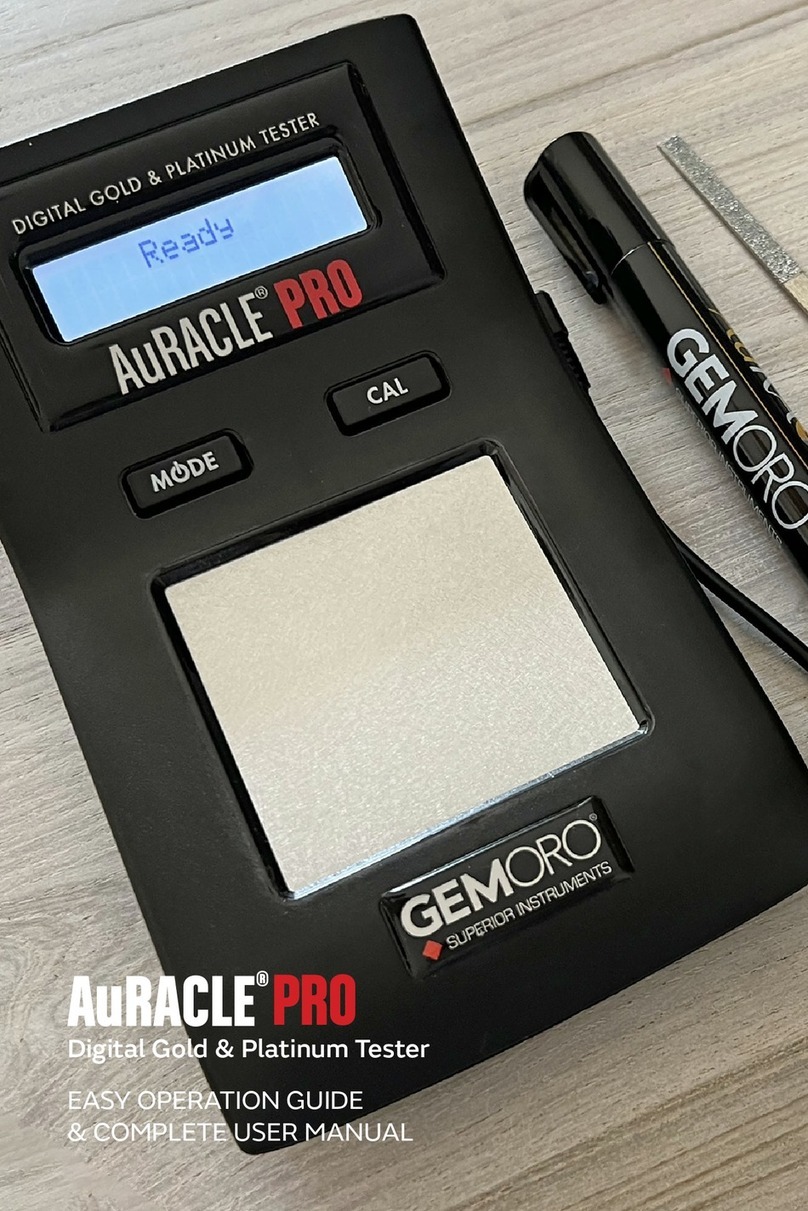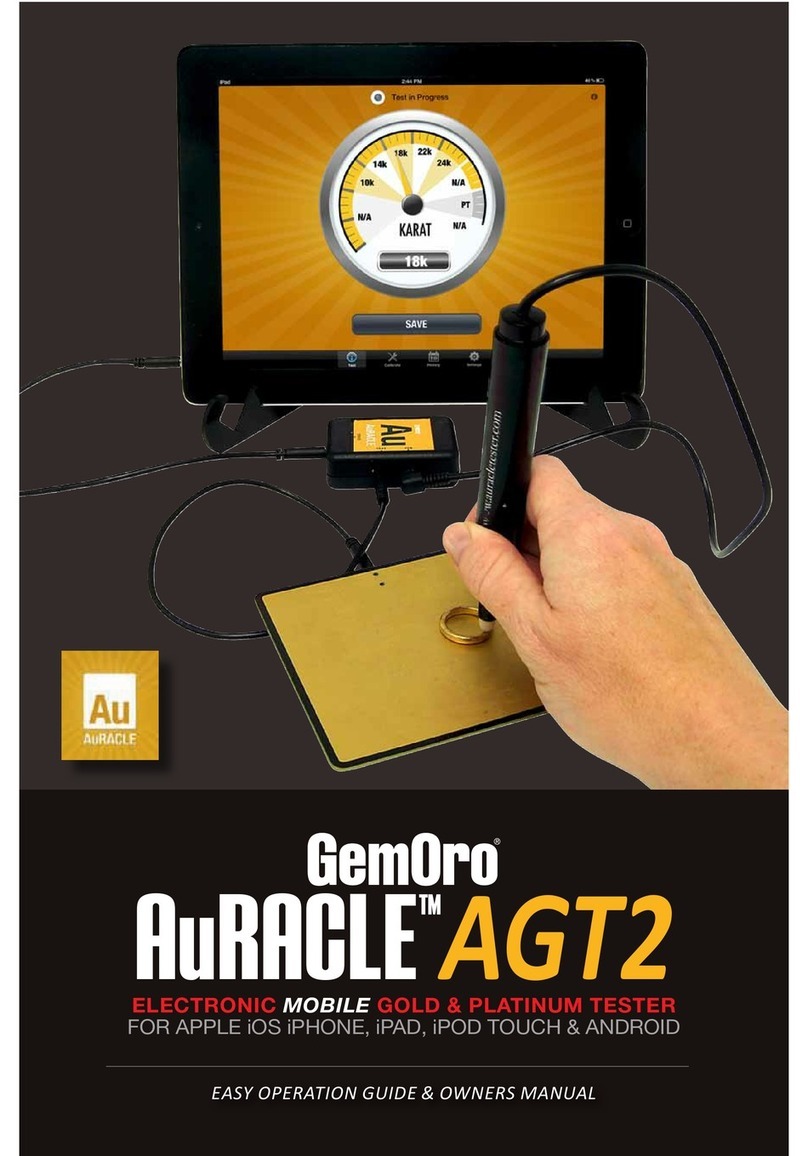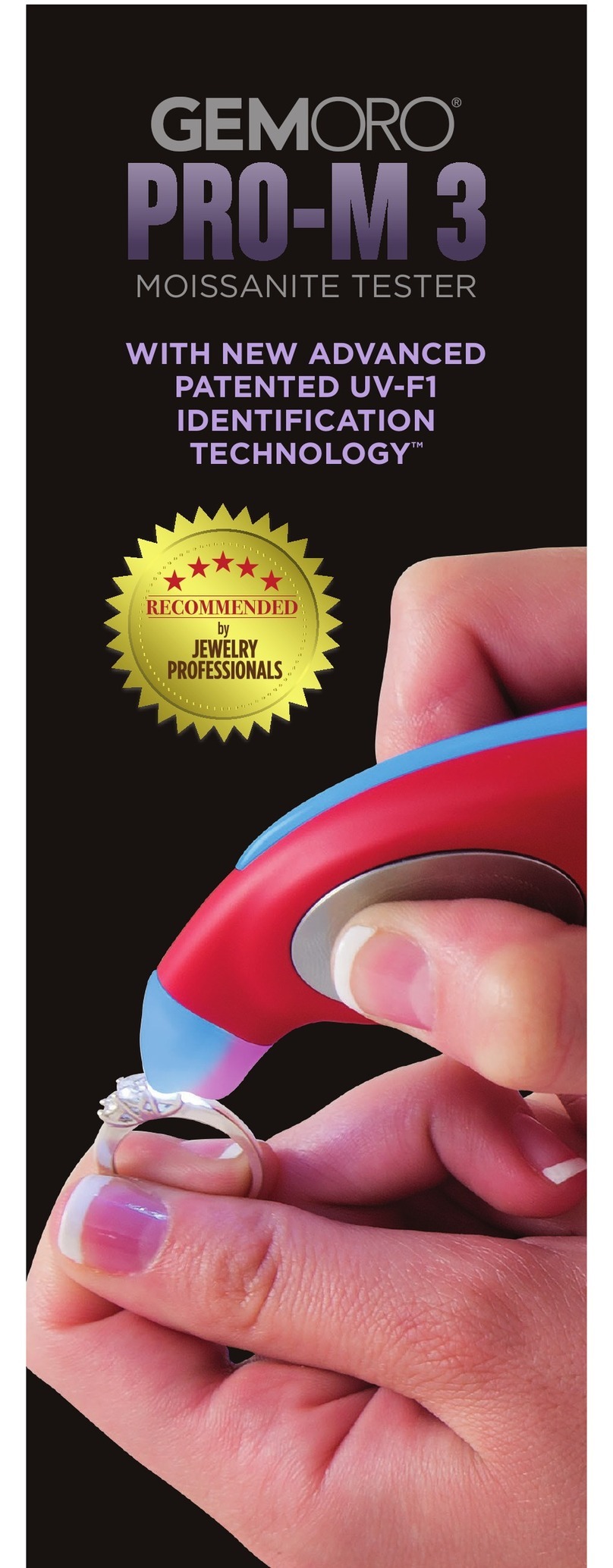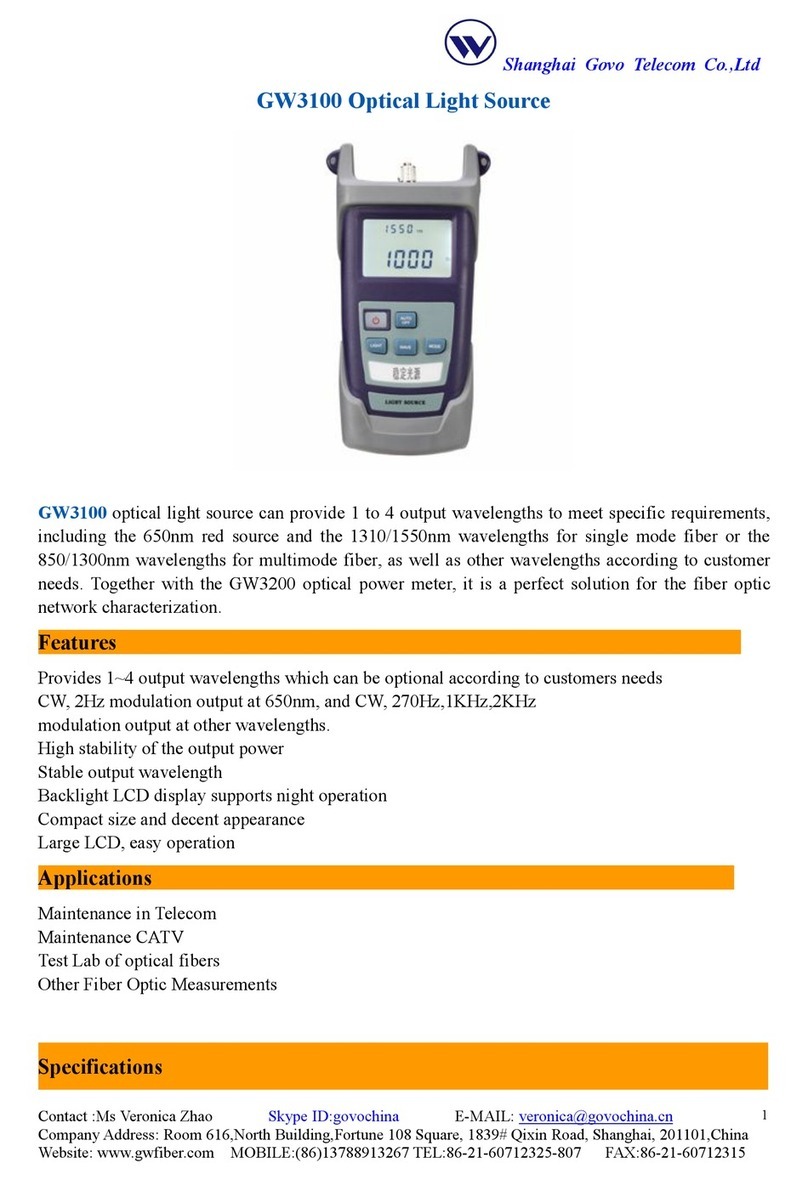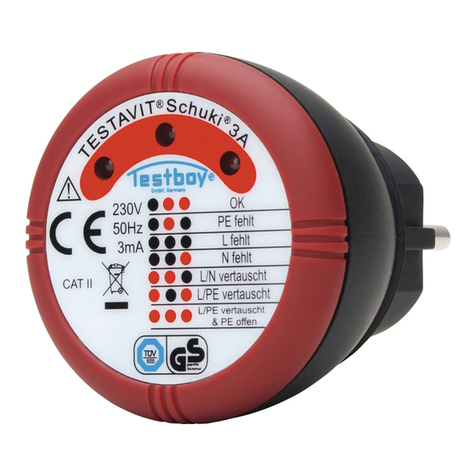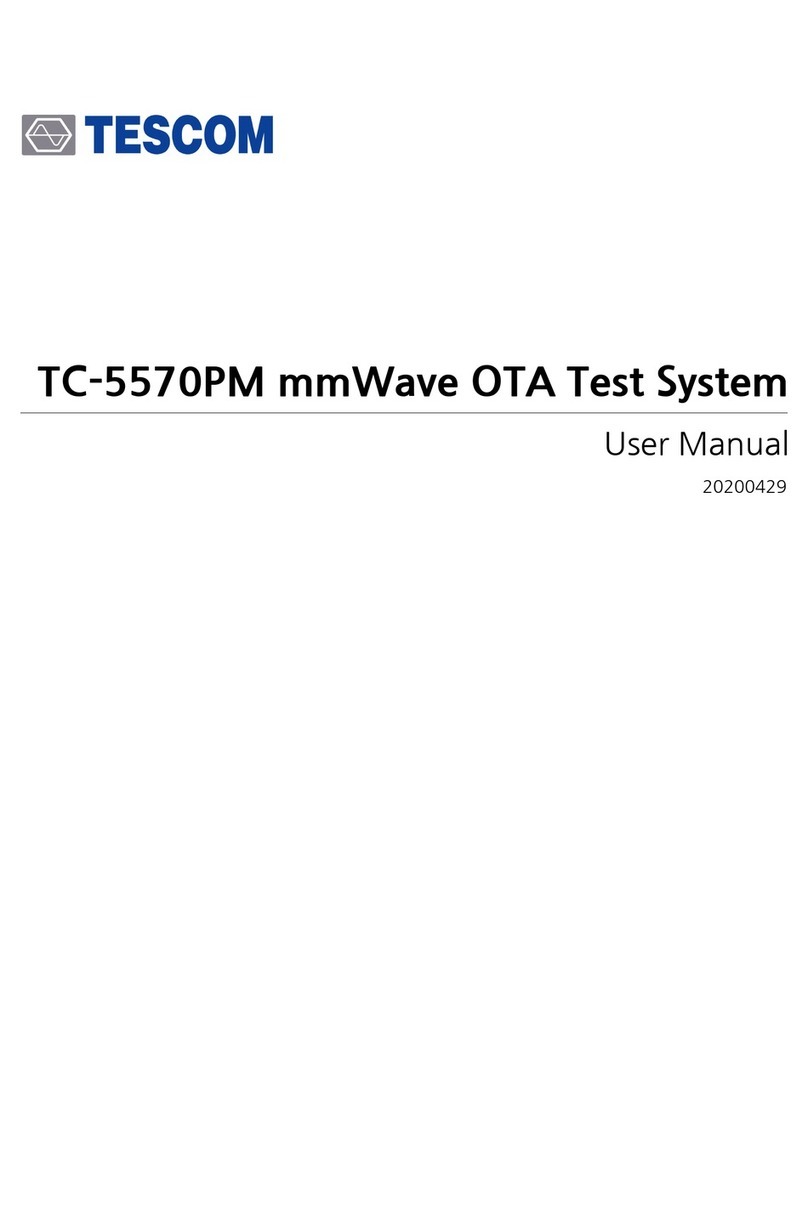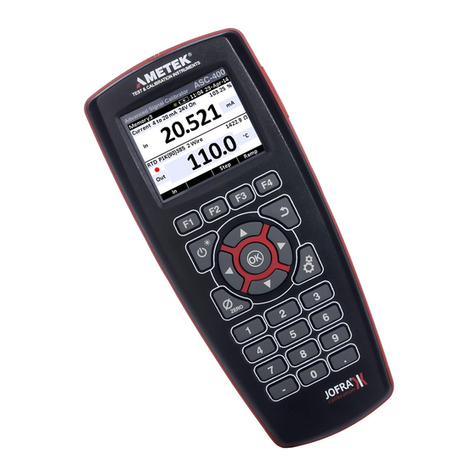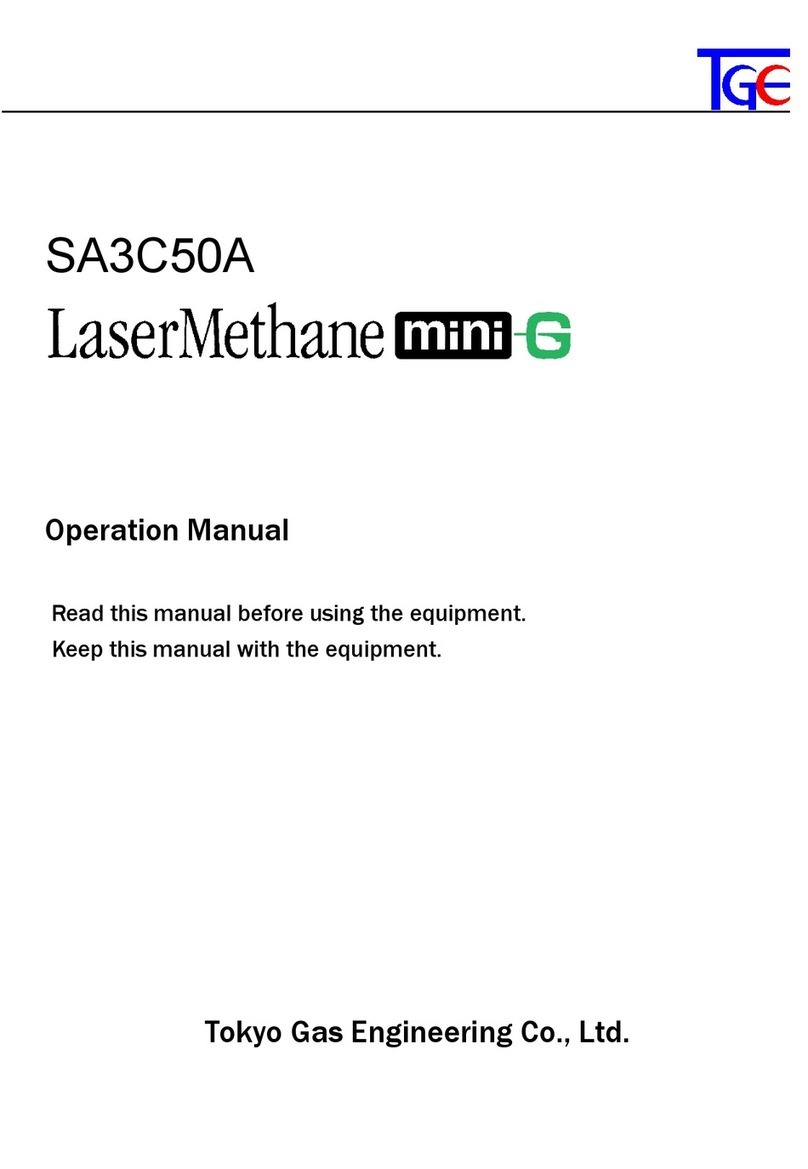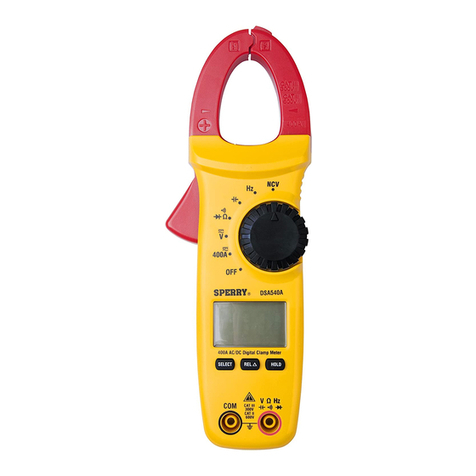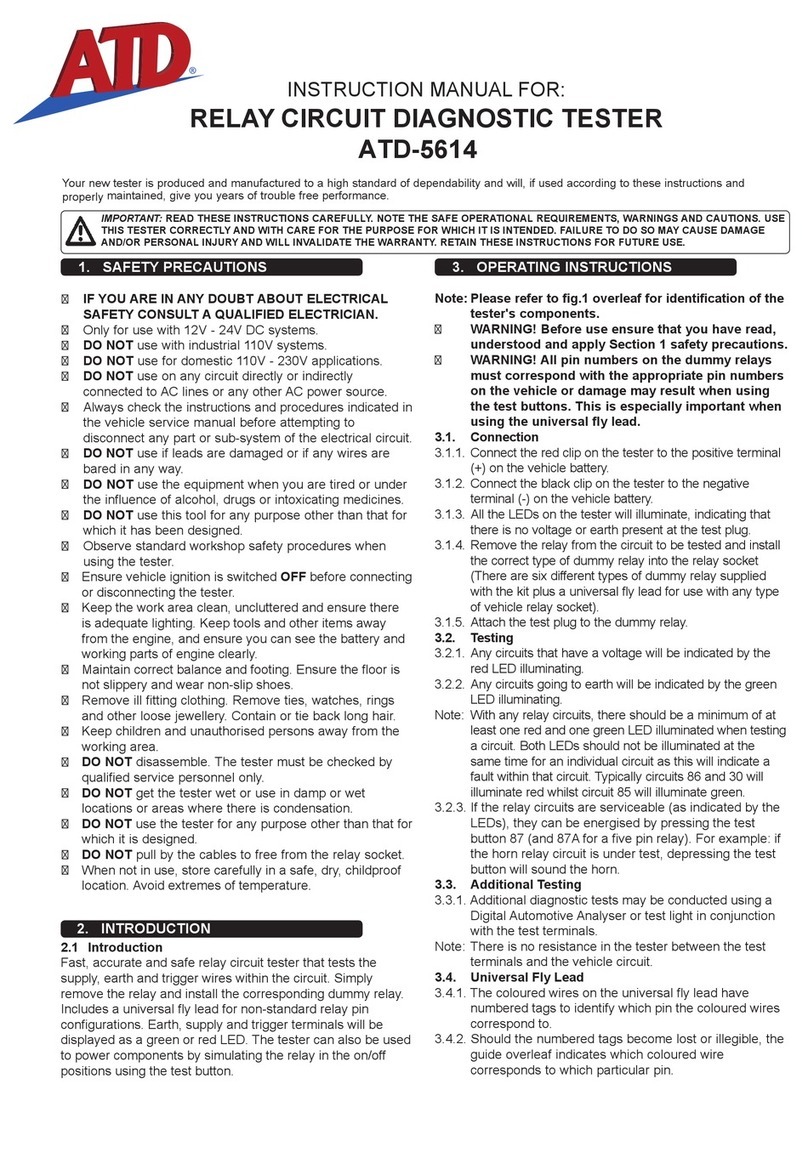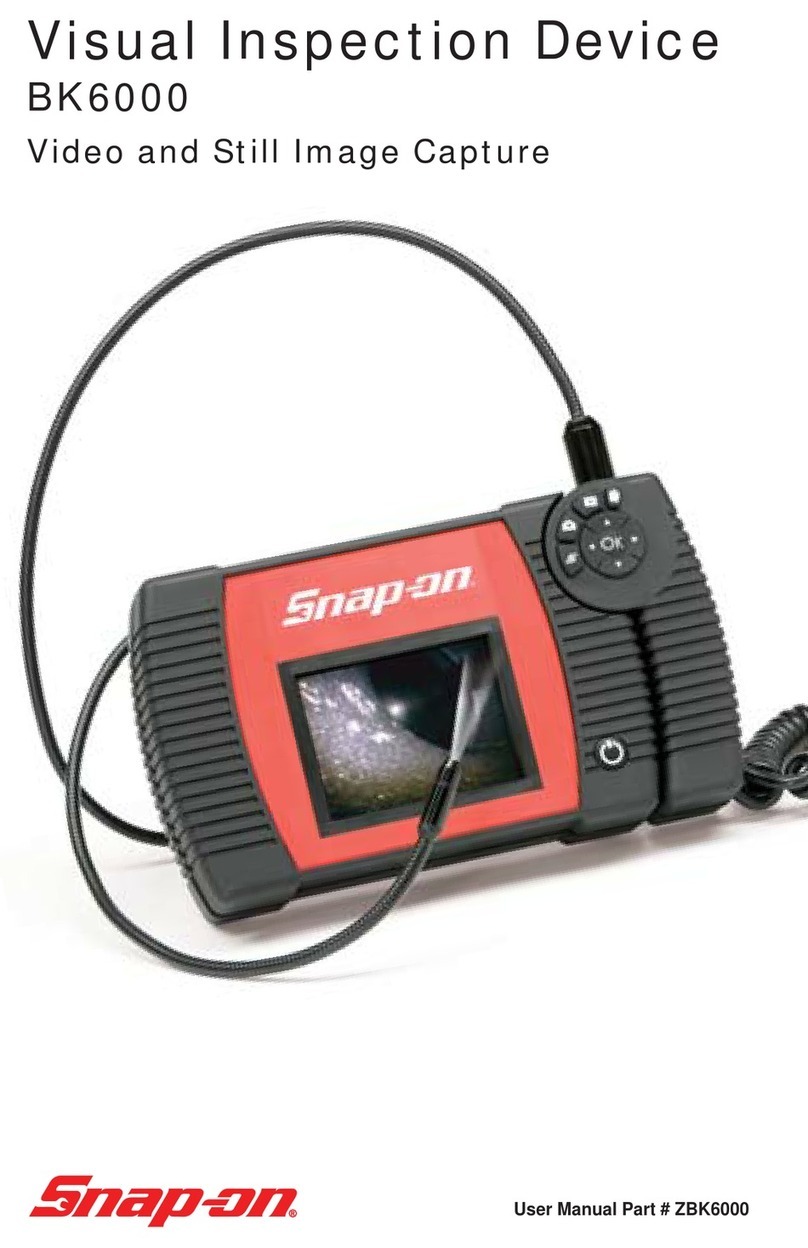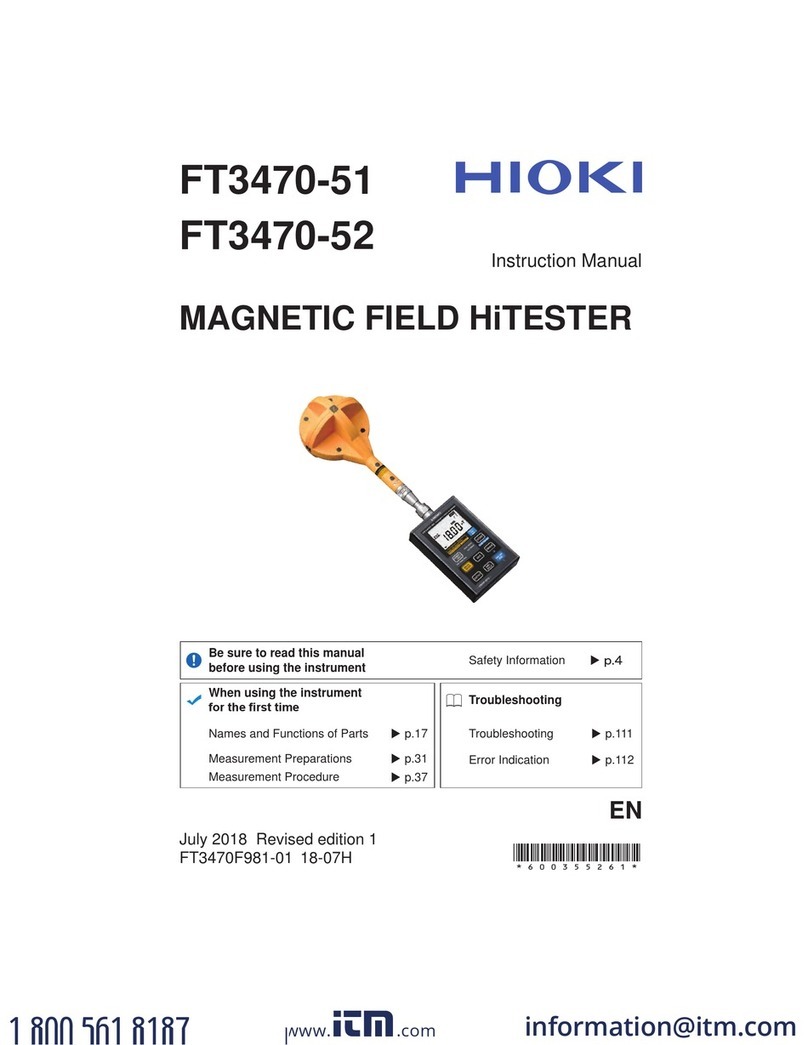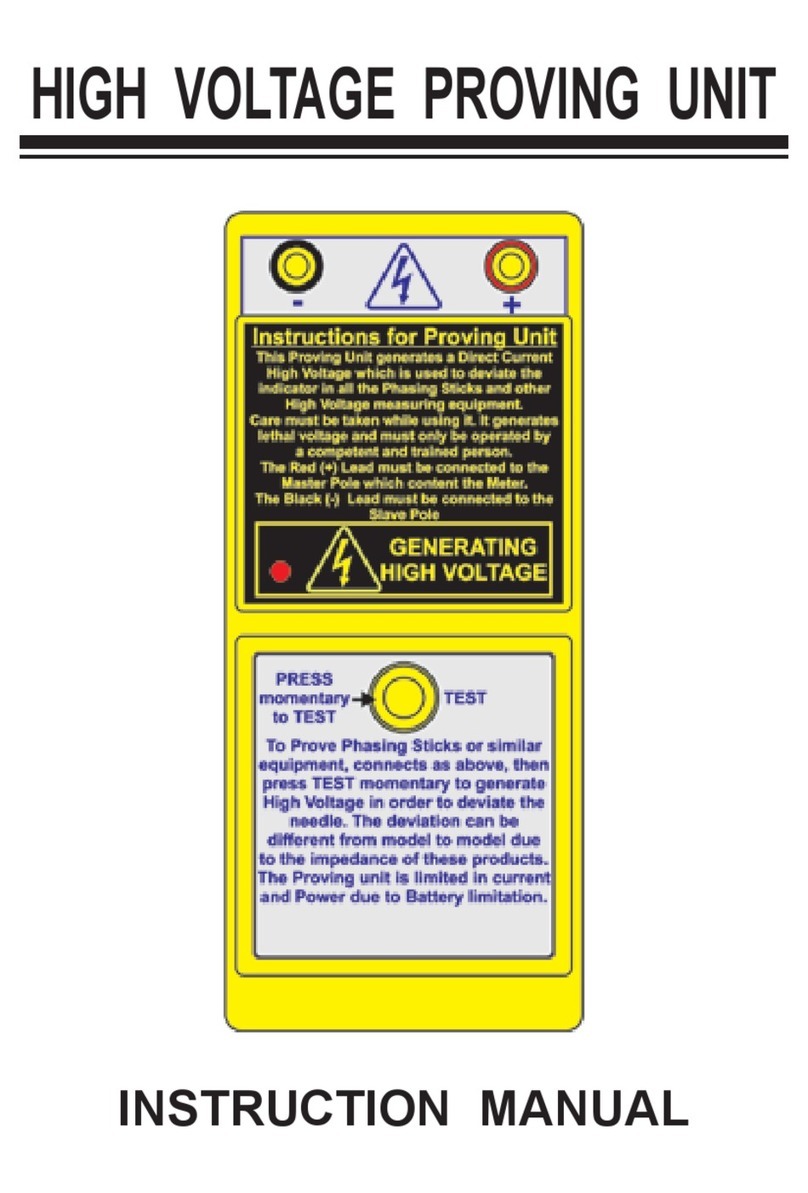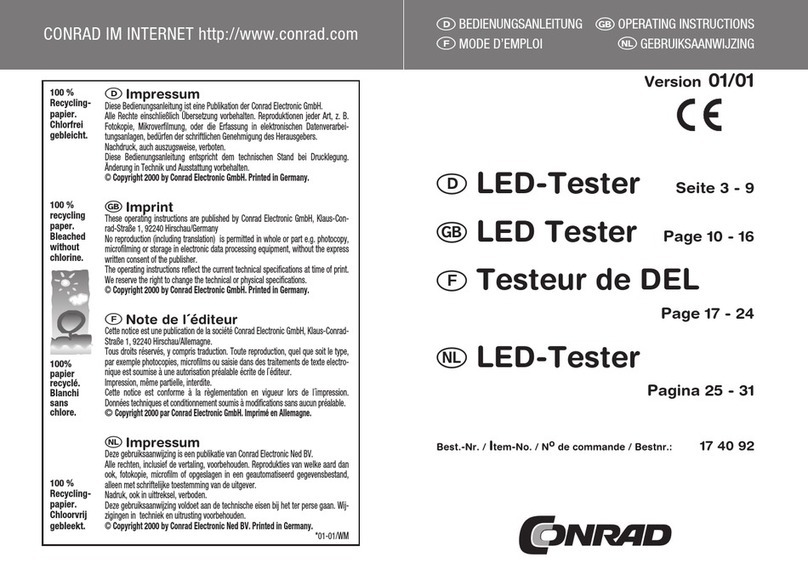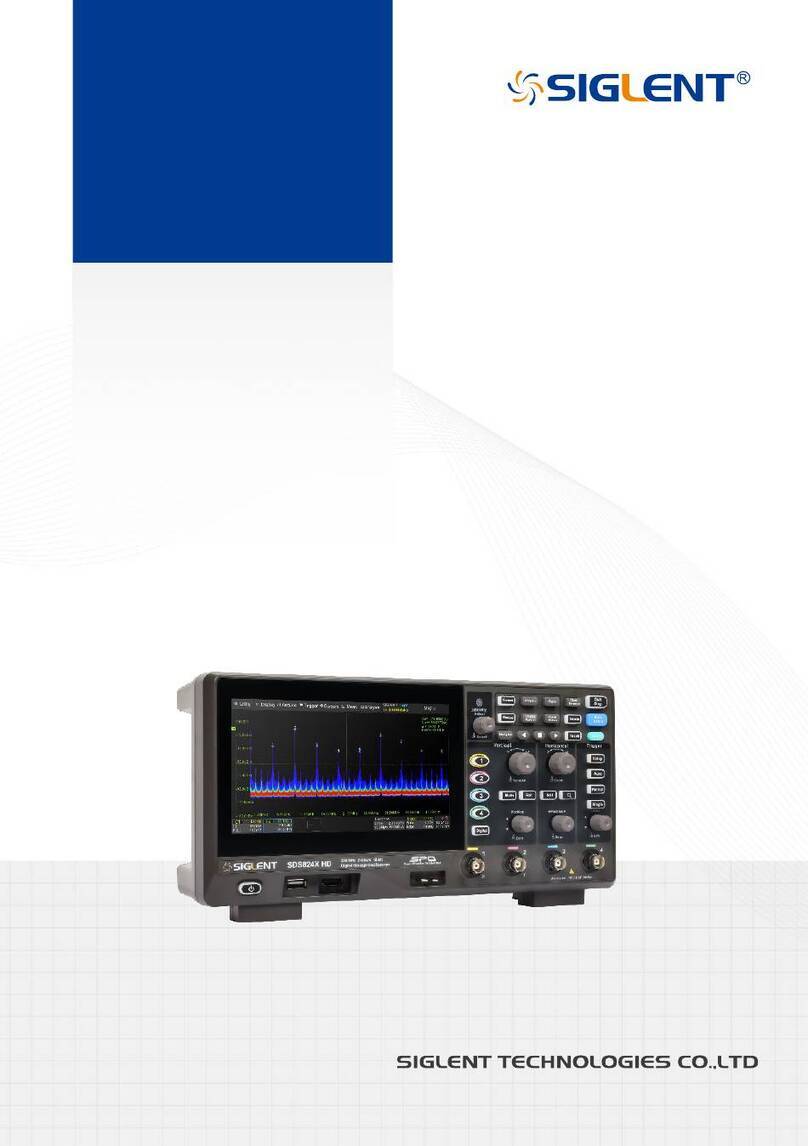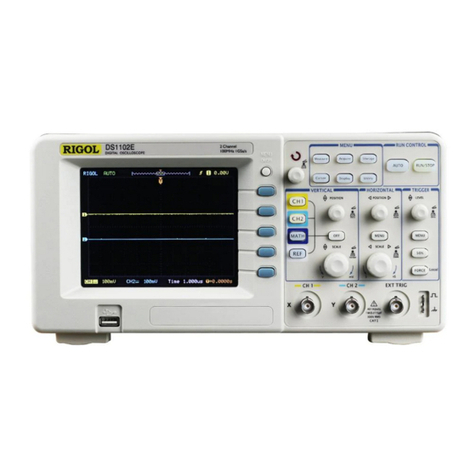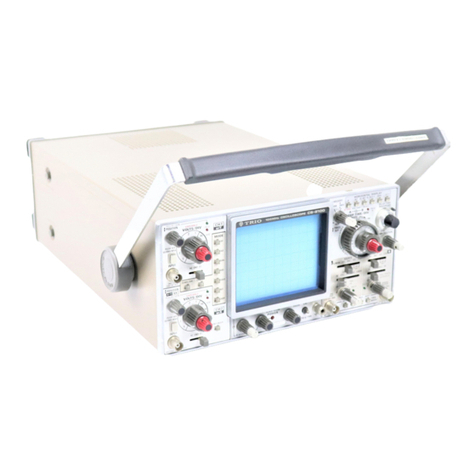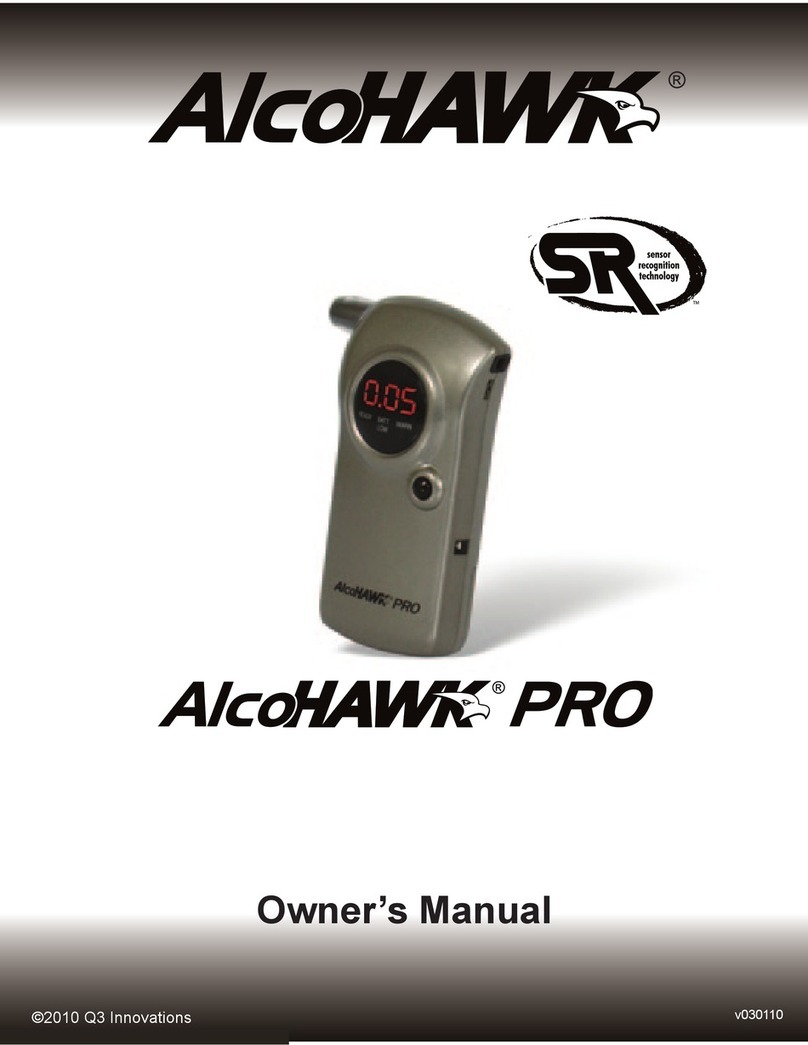
GEMORO TESTEROSSA 4 5
is the electrical conductivity test;
since most moissanite conducts
electricity, while diamonds, as well
as other known diamond simulants
do not. It should be noted that while
the vast majority of moissanite may
be electrically conductive, in some
moissanite gemstones there might
only be electrical conductivity in
a small varying degree. But have
no fear. With the new PATENTED
UV-F1 TECHNOLOGY™ built into
the TESTEROSSA, you can identify
the widest range of electrically
conductive moissanite material
available, including the new super-low
electrically conductive Forever One
moissanite.
Other than some rare and natural
colored diamonds, as well as some
lab grown synthetic diamonds,
natural white diamonds do not
conduct electricity. If a stone does
not conduct heat or electricity, it
will be determined to be more than
likely a common CZ or another
diamond simulant. Because hand-
oil is electrically conductive and
the stone being tested may not be
clean, any test result that indicates
moissanite, especially on smaller size
stones that haven’t been cleaned,
should be suspect, cleaned with the
GemOro Stone Testing Cloth or a
dry and clean microfiber or cotton
cloth or paper towel, and retested.
Due to the electrical conductivity
properties of some of the chemicals
commonly used in the production of
lab-grown synthetic diamonds, when
the TESTEROSSA’s probe tip touches
these stones the metal alert feature or
moissanite indication may be set off.
The TESTEROSSA from GemOro
Superior Instruments utilizes both the
thermal conductivity and electrical
conductivity testing methods in one
seemingly simultaneous test, and it
will quickly help in identifying and
separating the stone in question.
The TESTEROSSA is an advanced,
technologically based instrument and
it should be used as a helpful tool
only. The TESTEROSSA is not meant
to replace the trained gemologist.
NATURAL COLORED DIAMONDS
& TREATED COLORED DIAMONDS
Because some fancy natural
colored diamonds and some fancy
treated colored diamonds are
electrically conductive, the GemOro
TESTEROSSA should ideally be
used on colorless stones only. This
limitation applies to all testers
that utilize thermal and electrical
conductivity methods for testing
the authenticity of the stone.
IMPORTANT DISCLAIMER: The
TESTEROSSA is a helpful screening
instrument that by design is to
be used as a quick method for
helping to identify diamond,
moissanite, and white sapphire. The
TESTEROSSA should not be used
as the final method for determining
the authenticity or identity of the
gemstone being tested. The final
determination of the identity of
any gemstone, whether genuine
or not, should only be made by a
trained gemologist. Neither GemOro
nor any of its affiliates, dealers, or
distributors shall be held liable for
any loss and/or damages associated















